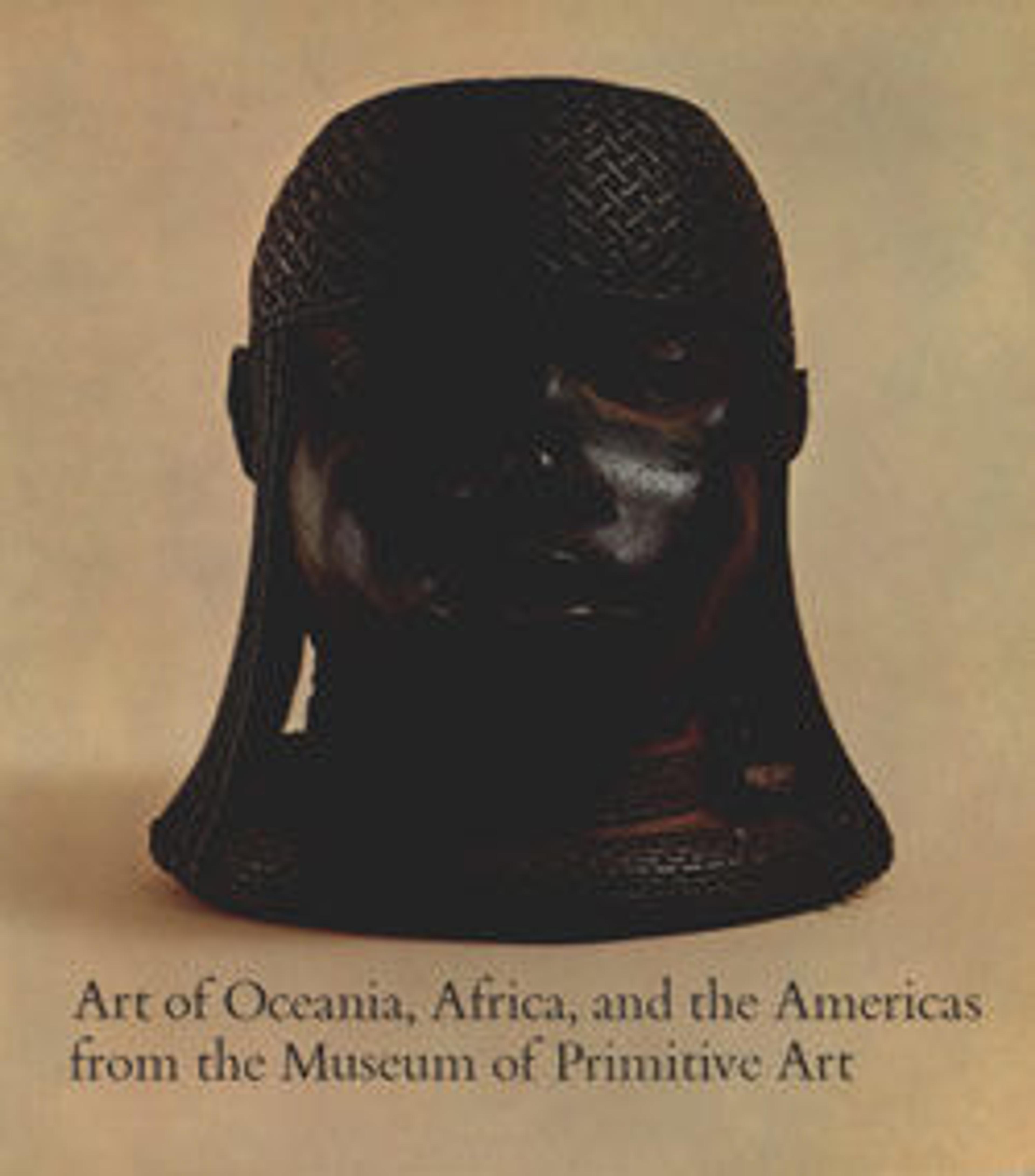Tunic
In the second half of the first millennium CE, the Wari peoples of Peru exerted strong cultural and political influence over the southern coastal and highland regions from their capital city, also called Wari (a few miles northeast of present-day Ayacucho). They introduced a distinctive art style, found on fine polychrome ceramics, exquisite personal ornaments crafted of precious materials, expertly carved works in wood, shell, and stone, and especially on elaborate textiles.
The elegant tapestry-woven tunics, thought to have been the most prestigious garments, were woven with up to eighteen miles of handspun camelid hair, probably from alpacas. The knee-length, mostly sleeveless tapestry tunics are standardized in size, format, color, and design, suggesting they were produced in state-sponsored workshops. The imagery, arranged in registers in vertical bands, is limited to a few repeated motifs—such as the stepped frets and profile faces with split eyes seen here—which are often abstracted, distorted, contracted, or expanded beyond recognition.
The elegant tapestry-woven tunics, thought to have been the most prestigious garments, were woven with up to eighteen miles of handspun camelid hair, probably from alpacas. The knee-length, mostly sleeveless tapestry tunics are standardized in size, format, color, and design, suggesting they were produced in state-sponsored workshops. The imagery, arranged in registers in vertical bands, is limited to a few repeated motifs—such as the stepped frets and profile faces with split eyes seen here—which are often abstracted, distorted, contracted, or expanded beyond recognition.
Artwork Details
- Title: Tunic
- Date: 7th–9th century
- Geography: Peru
- Culture: Wari
- Medium: Cotton, camelid hair
- Dimensions: H. 43 1/4 x W. 40 in. (109.9 x 101.6cm)
- Classification: Textiles-Woven
- Credit Line: The Michael C. Rockefeller Memorial Collection, Bequest of Nelson A. Rockefeller, 1979
- Object Number: 1979.206.461
- Curatorial Department: The Michael C. Rockefeller Wing
More Artwork
Research Resources
The Met provides unparalleled resources for research and welcomes an international community of students and scholars. The Met's Open Access API is where creators and researchers can connect to the The Met collection. Open Access data and public domain images are available for unrestricted commercial and noncommercial use without permission or fee.
To request images under copyright and other restrictions, please use this Image Request form.
Feedback
We continue to research and examine historical and cultural context for objects in The Met collection. If you have comments or questions about this object record, please contact us using the form below. The Museum looks forward to receiving your comments.
